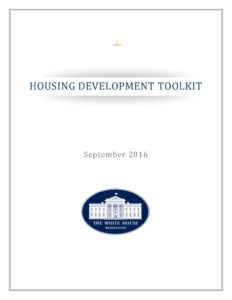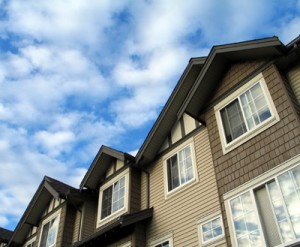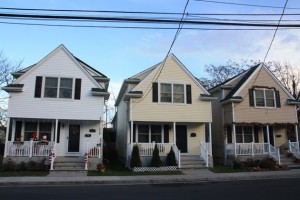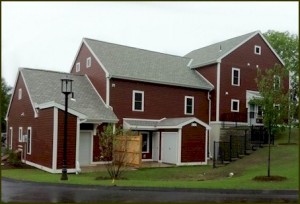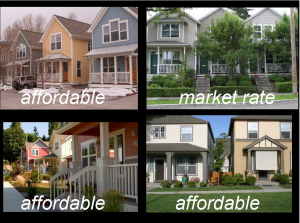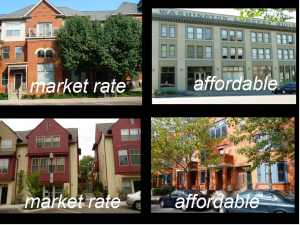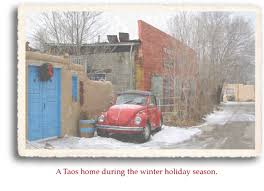Please see CVOEO’s statement below on the recent presidential Executive Order limiting federal government, contractors, and grant recipients from conducting diversity training containing “divisive concepts” which “promote race or sex stereotyping or scapegoating.” This could include discussions on systemic discrimination, institutional patterns of segregation, disparate impact, white privilege, internalized racism, and other topics related to implicit bias or the history of systemic racism. These concepts are an integral part of our fair housing education and outreach efforts.
Read the full Executive Order here: https://www.whitehouse.gov/presidential-actions/executive-order-combating-race-sex-stereotyping/
If this order concerns you, please reach out to Vermont’s Congressional Delegation with comments:
- Sen. Patrick Leahy: https://www.leahy.senate.gov/contact/
- Sen. Bernie Sanders: https://www.sanders.senate.gov/contact
- Rep. Peter Welch: https://welch.house.gov/contact
CVOEO Response to New Executive Order Limiting Diversity Training
President Trump’s Executive Order on Diversity Training and Promotion of “Divisive Concepts” on September 22, 2020 raises deep concerns for the staff of the Champlain Valley Office of Economic Opportunity (CVOEO). Whether it applies to grantees of federal agencies or not, it is a fundamentally unsound order which does not address the need for continuous improvement toward racial and social justice. Although the terms of this order assume protection to grantees of federal programs such as CVOEO from compliance with the order, there remains a risk that such compliance will be required as federal agencies are asked to revisit their grant programs and to consider compliance with the requirements of the executive order. This could impact any grantees’ ability to continue to address the issue of systematic and structural racism observed in our workplaces.
CVOEO is one of five Community Action Agencies in Vermont. Since forming in 1965, the staff and board of CVOEO carries out the Economic Opportunity Act of 1964, by addressing the fundamental issues of economic, social, and racial justice, intended to help people achieve economic independence.
We are an anti-racist organization among the signatories of the City of Burlington’s recent petition which classifies racism as a public health emergency. Our recently hired Director of Racial Equity’s mission includes identifying areas of disparity within the organization, and implementing anti-racist actions such as enhancing learning opportunities with diversity and inclusion training, adopting best practices that comply with Title VI and Title VII of the Civil Rights of 1964, and creating a support system that will help our diverse workforce and the individuals we serve to thrive.
We believe that this executive order does not promote inclusion and could instead deepen the preexisting gap observed in our country’s social and economic systems. We are also concerned that these measures will prevent people from being informed of their rights. Additionally, this executive order could serve as a rationale deterring them from taking the necessary steps to achieve racial equity.
In Vermont, practices in compliance with the requirements of the executive order will go against the recommendations made by the Racial Equity Task Force to the governor earlier this month. These recommendations emphasize “mandated training for organizations and agencies receiving federal/state funding on cultural and linguistic appropriate services, federal laws on access, anti-racist practices.”
We hope you will join us in speaking out against this executive order and share our concerns with others.
In deep appreciation for the work you do to end social and racial injustice.

